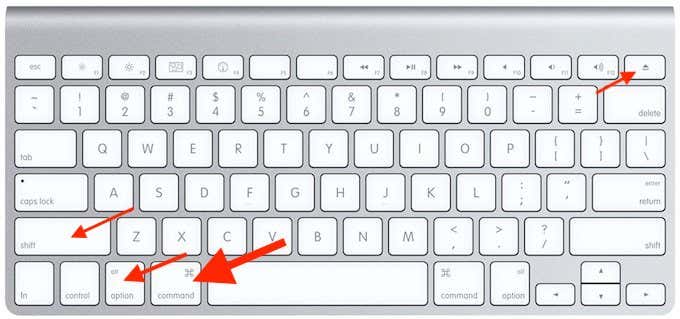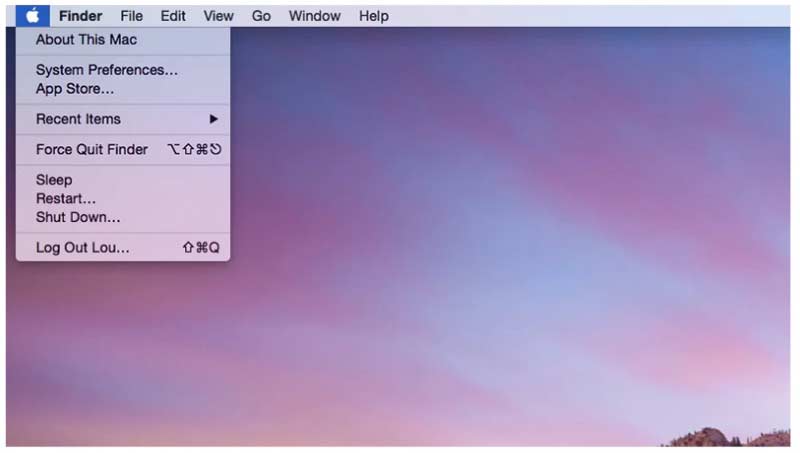


My script allows you to unmount the Windows partition before blessing it and then telling the Finder to reboot. The script they use is slightly different from the one above and has some disadvantages, mainly that you can't use it if you have NTFS-3G enabled, and the shutdown sequence is not as safe. If you want to make it even fancier, you can use QuickSilver so that a simple hotkey combination will allow you to reboot to Windows quickly. Also ensure that the Windows volume is at disk0s3 by issuing a diskutil list command in the Terminal. Where is the name of your Windows volume. You can double-click it to immediately shut down or restart your computer.I'm not sure if you've already found an optimal solution to this problem, but what I've done is created an AppleScript: do shell script "hdiutil unmount /Volumes/ -quiet"ĭo shell script "bless -device /dev/disk0s3 -legacy -setBoot -nextonly" with administrator privileges When you’ve clicked Finish on the above dialog, you’ll see a shortcut on the desktop.I suggest you name the shortcut to correspond to the action it will perform. When the Create Shortcut wizard appears, copy and paste one of following commands in the location box and click Next. Right-click any empty space on the desktop, select New and then Shortcut from the context menu.

How to Create Shortcut to Shutdown / Restart Windows 10? Tips: If you want to schedule your computer to shutdown or restart at specified time, please check out this article: Auto Shutdown Windows 10 / 8 As You Expect The following tutorial will walk you through the steps of creating a shortcut to shutdown / restart Windows 10 more quickly. However, if those are not simple or quick enough for you, you can create a shutdown / restart shortcut on your desktop. In previous post we’ve covered 7 ways to shutdown / restart your Windows 10 computer.


 0 kommentar(er)
0 kommentar(er)
